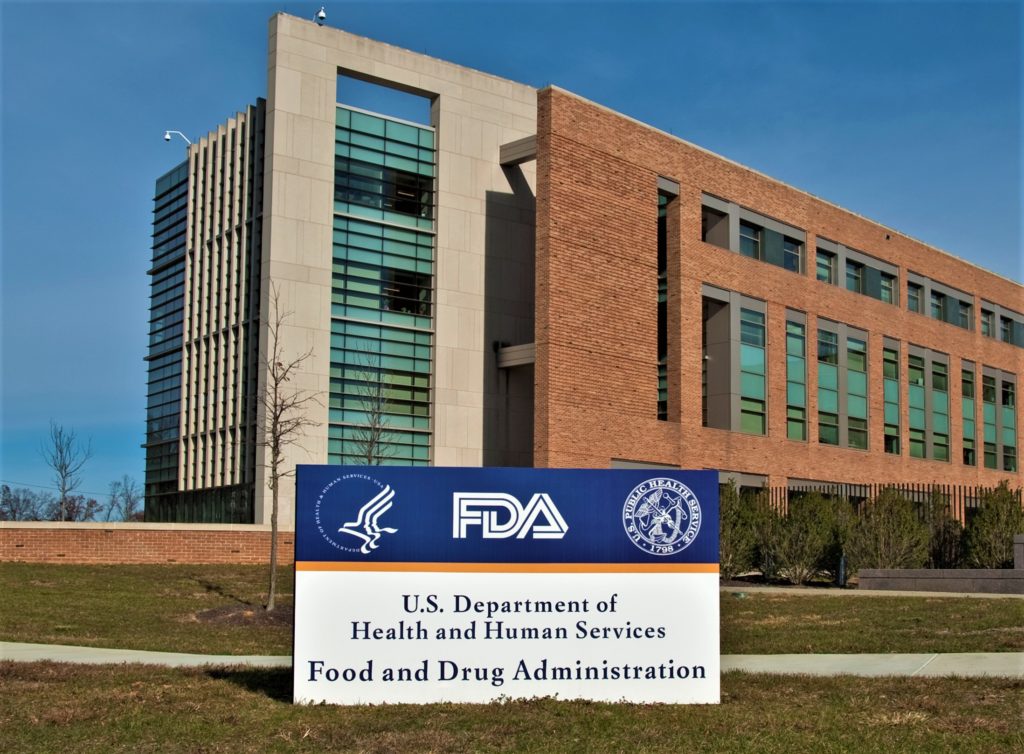
Blog
Food Safety Focus: Why FDA’s Pre- and Post-Market Authority is Critical
There’s no way to talk about nutrition without a deep dive into the critical aspect of food safety and how the government can take proactive steps to ensure it is providing a framework for ingredient safety at the federal level. At Consumer Brands, a pillar of our FDA Modernization campaign has been steeped in urging the FDA to develop a transparent regulatory agenda for reviewing the safety of chemicals in packaging and products.
In 2023 alone, the agency ramped up regulatory actions across the food chemical space, including announcing plans to establish the Office of Food Chemical Safety, Dietary Supplements and Innovation as part of the proposed Human Foods Program reorganization. The FDA intends for the reorganization to lay the groundwork for a more systematic, nimble and modernized approach for managing food ingredient safety. We believe there are steps that can aid FDA — the expert national authority on consumer health and safety — to move at the speed of the consumer, so it can advance regulations that protect public health and open pathways for product innovation and growth.
At the state level, legislation is creating a patchwork of laws and regulations for food ingredients, which is becoming increasingly unmanageable for companies operating in and manufacturing products for a national marketplace. These state actions are occurring without regard to current scientific evidence or FDA’s expert opinions. It is critical, then, that the FDA get out ahead of this recent spate of state food ingredient bans to ensure there is regulatory predictability and uniformity.
It’s imperative that the FDA establish a modernized regulatory agenda that will proactively address food chemical safety, prioritize food substances for review, identify needed research and data collection and establish consistent opportunities for public engagement. The agency also needs to engage in risk communication about the food ingredients it regulates to ensure that stakeholders better understand their safety characteristics and functional purposes in food products.
As part of its ongoing efforts to communicate food safety activities, the FDA released an overview outlining its pre- and post-market authority for food chemical safety. The agency underscored that when reviewing a chemical, several factors are considered, among them why it’s present, how much is in the food, consumption behaviors among people who eat and drink foods with the chemical present and “sensitive” groups, like pregnant people or children. To build off these existing considerations, FDA should send a clear signal to states, industry and consumers that it will employ a transparent process to prioritize which food substances should be reassessed. Prioritization will help the agency develop a functional work plan of substances it can review at a consistent and transparent cadence, and the FDA can build out this work plan through a robust nomination and selection process that supports public and private sector engagement. If new credible scientific evidence or data suggests potential concerns regarding a food ingredient’s safety, the agency could then elevate that substance for additional review by moving it into its multi-year workplan.
Once that foundation is established for identifying, nominating and selecting food ingredients for its reassessment work plan, it will be integral for the FDA to foster public transparency on the progress of its reviews. This should include consistent lines of communication with its various stakeholders including through Federal Register notices, public meetings, comment submission opportunities and avenues to share and discuss data and other relevant scientific information on the food ingredients being evaluated. It will be critical for the FDA to clearly communicate potential risks posed by ingredients with consumers to avoid confusion about this ongoing work and articulate that the food substances undergoing reassessment are still considered safe for human consumption under their currently permitted usage conditions.
It’s also going to be important for the FDA to account for ingredients that play a vital role in ensuring the safety of the food supply and consumers, whether that includes how an ingredient can help increase the shelf life of a product or decrease pathogens’ ability to grow.
Finally, risk management is a potential element that may be needed after the outcome of FDA’s reassessments. Any proposed changes to the regulatory status of food ingredients will be key to propelling FDA ahead of action at the state level to effectively maintain a federal standard for ingredient regulations. It’s important for the agency to develop a clear communication strategy to defend ingredients that have been evaluated and determined to still be safe for consumption and ensure that stakeholders across the value chain are seeing transparently into every step of the post-market reassessment process.
Published on April 11, 2024





